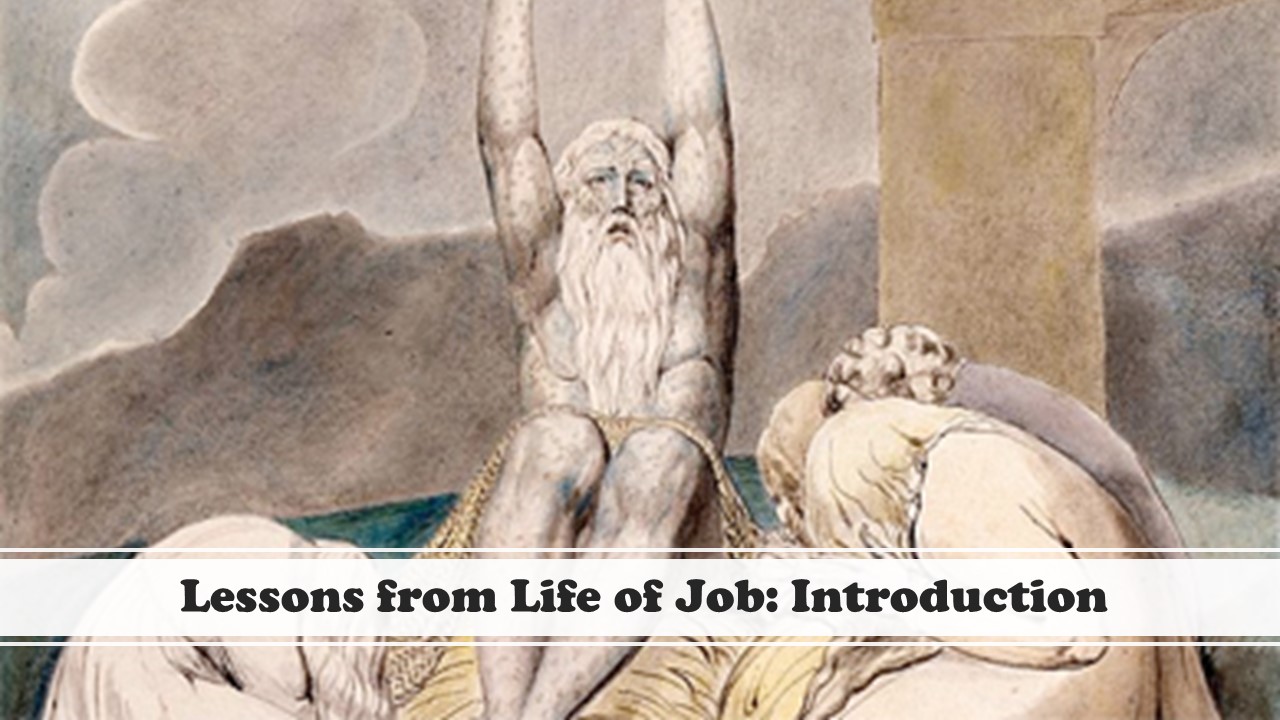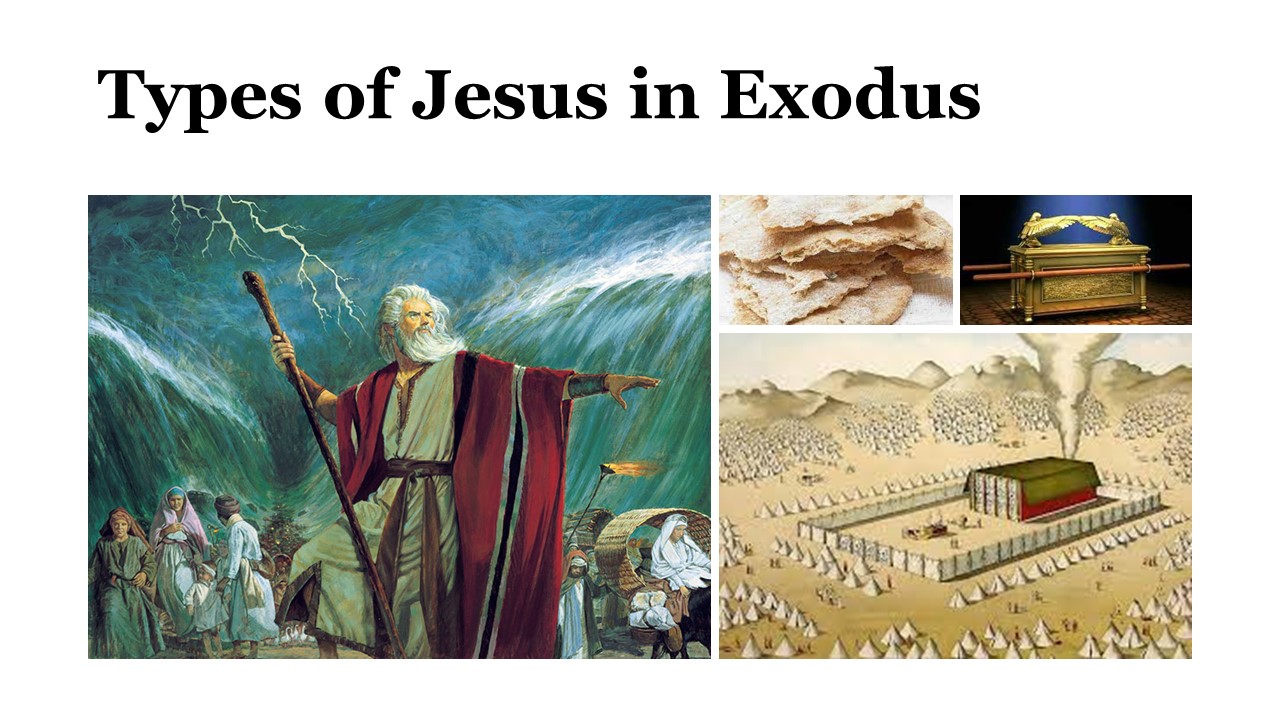One of the most important Jewish holidays is Passover, also called Pesach, which celebrates the Exodus, the liberation of Israelites from slavery in Egypt. Passover and Easter have much in common: They share themes of liberation and triumph. Jesus was tried, convicted, crucified, and resurrected during the Passover week. And while both holidays take place in the spring, about 15 percent of the time, they actually occur a month apart.
In this week’s top ten, we share ten notes about Easter and Passover, ranging from how the dates are calculated to how one holiday is a fulfillment of the other. Scriptures referenced include Matthew 5:17; 1 Corinthians 5:7; Revelation 5:12; John 1:29 and Revelation 5:9–10.

Our study of Jesus, in “Every Book of the Bible,” takes us to the book of Job. Job is one of the most enigmatic...

This is Week 2 of our new series: Jesus in Every Book of the Bible. Last week we explored Jesus in the book of...

We wrap up the Song of Solomon by summarizing the structure of and contents of the song. We identify some important symbolism in the...